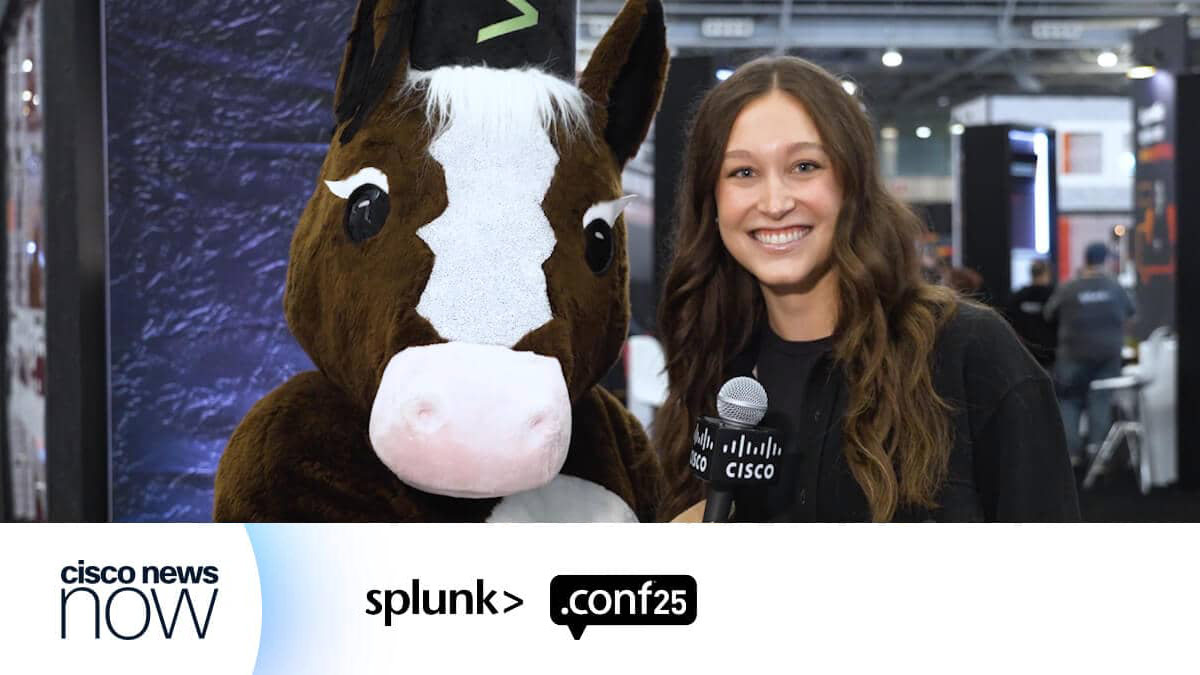ATLANTA, Sept. 12, 1994 -- Cisco Systems has introduced a family ofremote access devices that extends corporate internetworks out to thesmallest, most cost-sensitive sites where ease of use and low price aremost critical.
Cisco's LAN Extenders -- based on a new two-port hardware platform, theCisco 1000, plus specialized multilayer switching software -- are designedfor remote offices that generate limited client-server traffic over the WANlink and require only a single wide-area connection to a central site.Unlike competitive solutions, Cisco's does not require a costly high-endrouter at the central site but lets the LAN Extenders connect intoeconomical low-end units such as the company's Cisco 2500.
The LAN Extenders come in two fixed-configuration models, eachproviding one Ethernet (10BaseT or AUI) port and, for leased-line WANcommunication, one serial port: V.35 on the Cisco 1001, X.21 on the Cisco1002. At $1,595 they are Cisco's lowest-priced stand-alone remote accessdevices.
While its initial implementation is as a LAN Extender, the Cisco 1000will serve as the platform for other Cisco software technologies such asFrame Relay and ISDN interfaces.
Completing the LAN Extension Equation for Lowest Overall Cost
Kevin Kennedy, Cisco's director of access products, said, "Whilesolutions similar to LAN extension have been available for several years,they have required an expensive, high-end 'host' router at the centralsite. This made the total cost of implementing these solutions prohibitivefor smaller users, and the market didn't really take off."Cisco's LAN extension is the first implementation to let the remotedevice connect to a range of full-fledged routers -- the Cisco 7000series, 4000 series, eventhe low-cost Cisco 2500s -- bringing down the central-site cost as well."
Power It Up and Forget It
"LAN extension can significantly lower costs as the corporateinternetwork is extended to give more users access, whether in Fortune 1000firms that require links to small outlying sites or smaller companiesconnecting a few offices across town," Kennedy said. "With LANs supporting20 or fewer users, WAN network traffic is low enough to make LAN extensiona viable internetwork technology. And this approach is so simple that allthe user has to do is connect a couple of cables and power it up -- then hecan forget about it because it's managed from somewhere else."He added that the concept is a natural extension of theCiscoFusion(TM)architecture, introduced inFebruary as the foundation of ascalable, secure and easy-to-use enterprise internetwork. CiscoFusion letsorganizations build intelligent switched internetworks with routing at thecenter and an array of multilayer switching devices (e.g., ATM switches, workgroup switches, LAN Extenders) and other routers deployed outward.
How LAN Extension Works
The LAN extension architecture employs a full-function Cisco "host"router at a central site and LAN Extenders at the remote sites. The hostrouter makes the actual routing decisions about which types of networktraffic will flow to the remote site, reducing unwanted WAN traffic andpreventing the "broadcast storms" that can occur in fully bridged networks.At the remote site, the LAN Extender decides only whether to forward agiven packet to the central router or to ignore it. This decision isfacilitated by capability that goes beyond simple layer 2 switching(bridging) to include the layer 3 switching functions of filtering (basedon protocol type) and prioritizing (to give specific protocol typesprecedence over others). Because a small remote site does not generatehigh levels of WAN traffic, broadcast traffic back to the host router isnot an issue.
Reducing Costs in Four Ways
The use of LAN Extenders reduces costs associated with equipmentpurchase, deployment, administration and WAN links. Configuration iseasier than with traditional routers because only access lists and priorityqueues need to be configured; LAN Extenders do not have protocol-specificaddresses. Installation, a matter of connecting LAN, WAN and power cables,is easily done by non-technical remote-site personnel, initialconfiguration being downloaded over the WAN from the central site. Becausethe LAN Extender's serial and LAN interfaces appear to the central routeras local interfaces on its own ports, all reconfiguration and managementcan be done on the central router via Telnet, or via SNMP usingCiscoWorksor other management applications. And protocol filtering reduces traffic,saving on WAN link costs.The LAN Extenders support all protocols that run on the connected LAN,including IP, IPX,AppleTalk, DECnet, Banyan VINES and XNS. Communicationacross the WAN link is via PPP. Security is provided by the central routerusing Cisco Internetwork Operating System (IOS) access lists, and byverifying that the MAC address supplied by the LAN Extender matches that ina central configuration file.
The LAN Extenders will be available in October. The central routermust run LAN extension host software, which is included in the IP, Desktopand Enterprise Software sets of Cisco's IOS running on Cisco 2500, 4000 and7000 series routers.
Posted: Mon Oct 27 13:53:16 PST 1997



